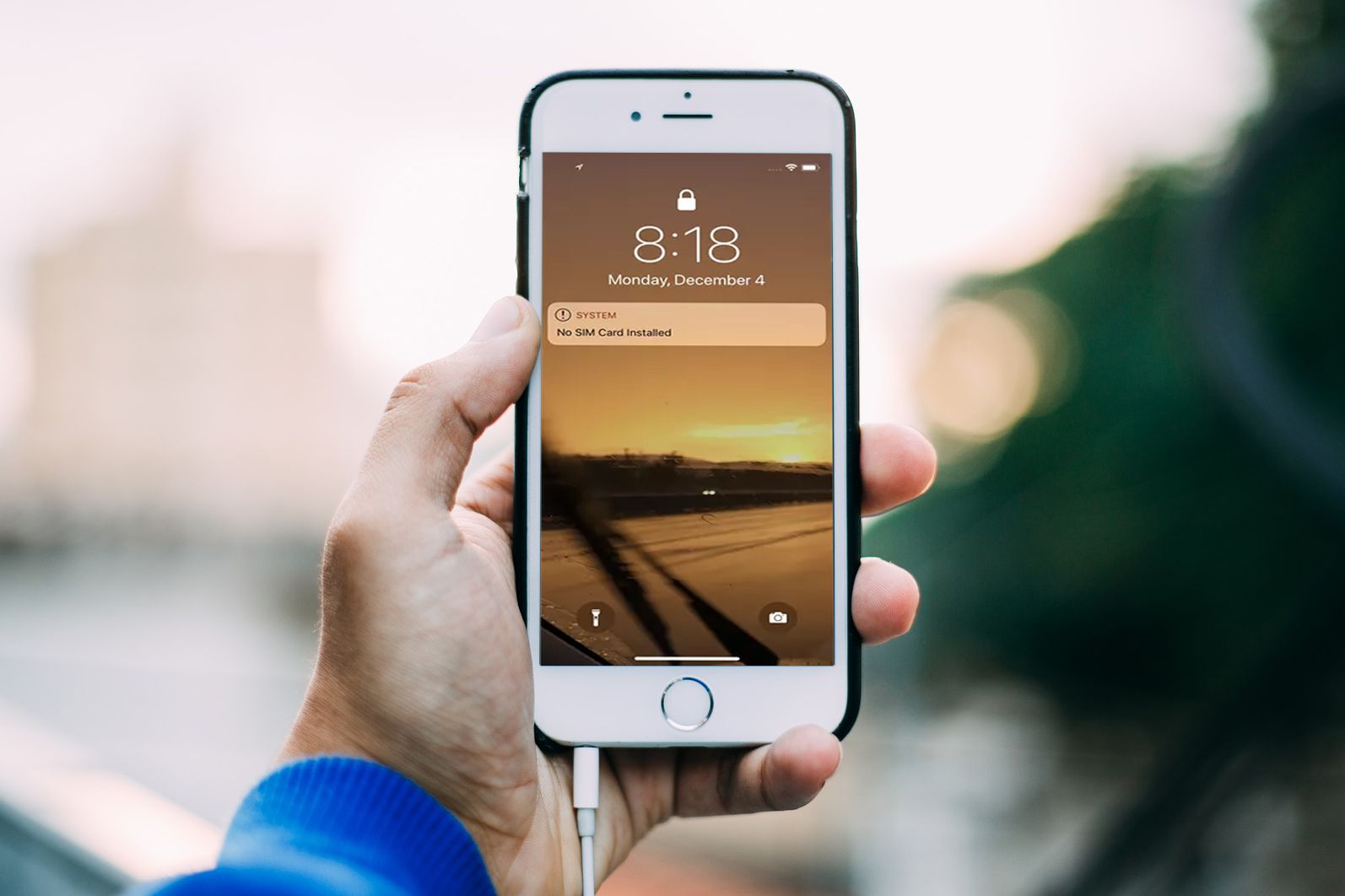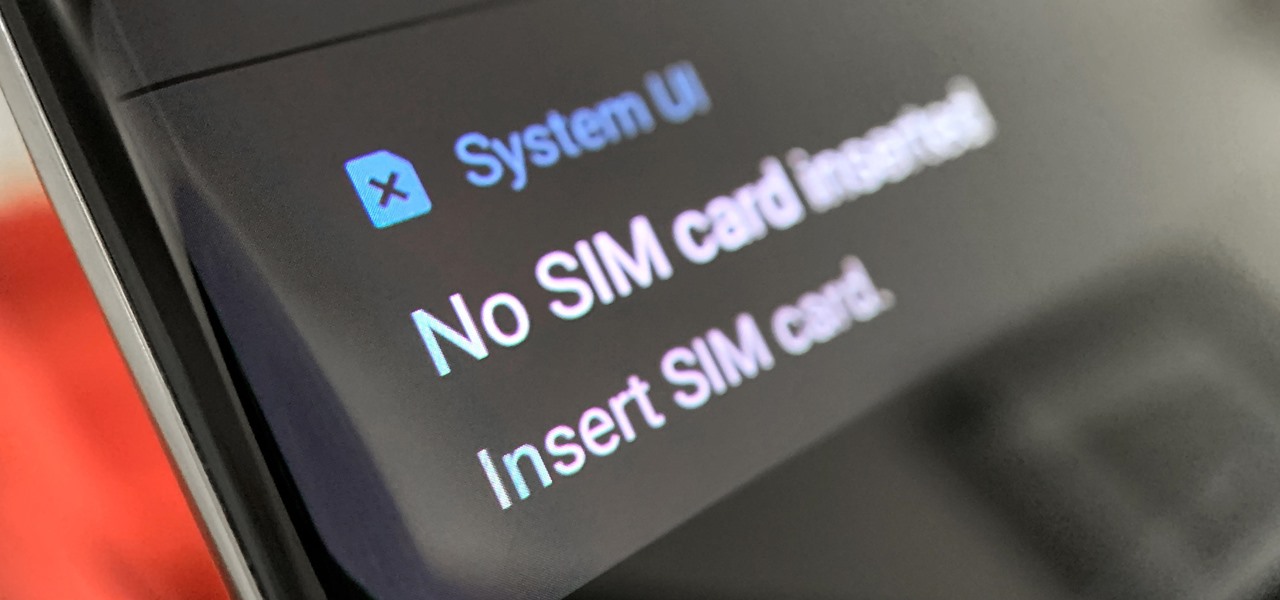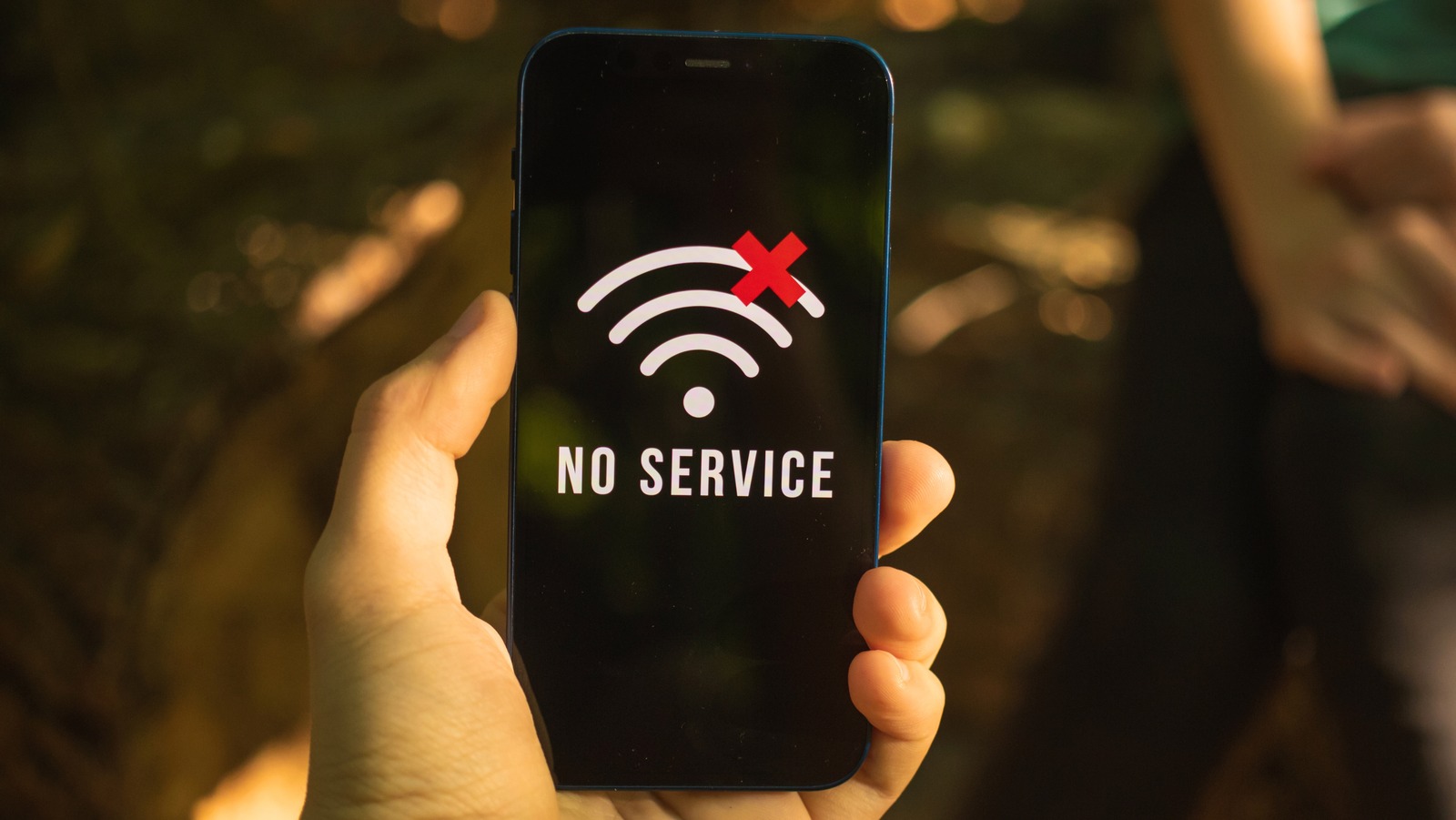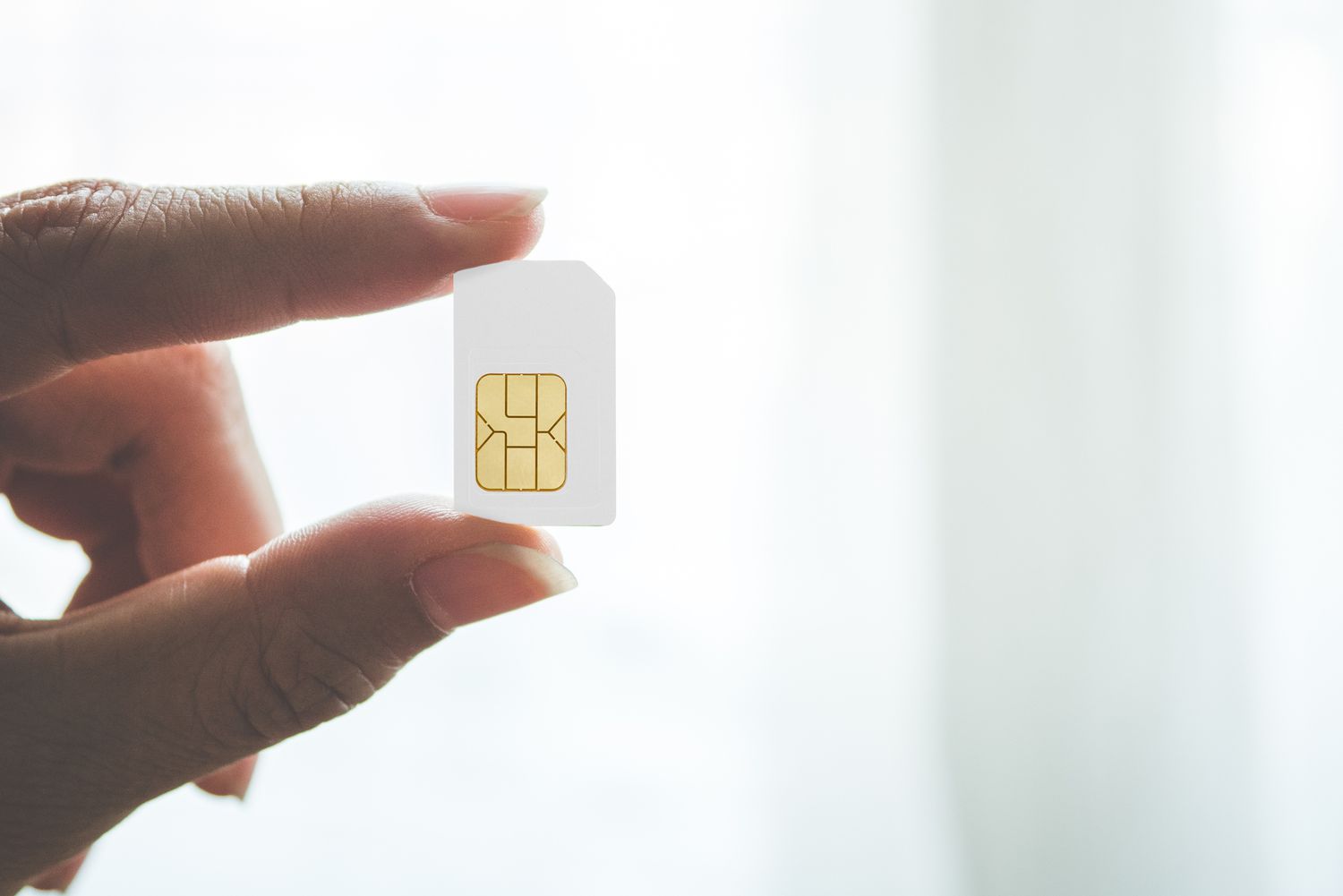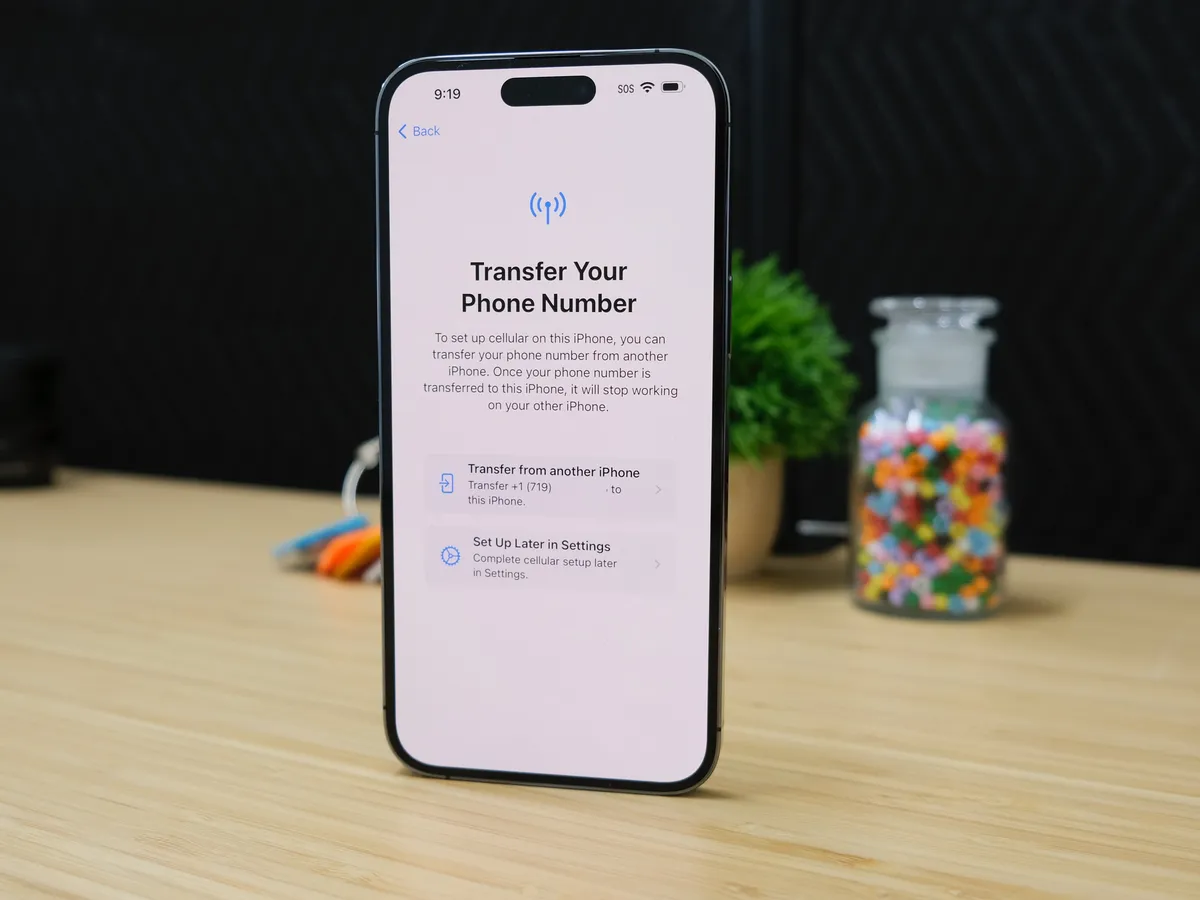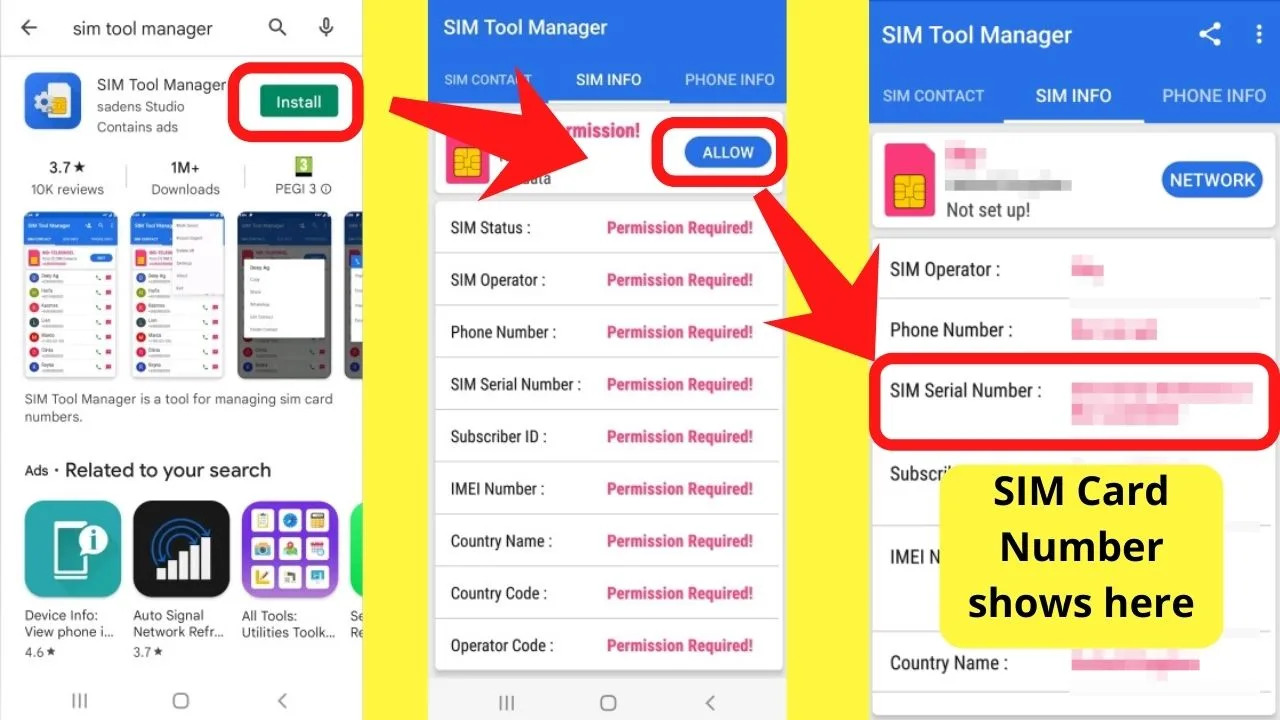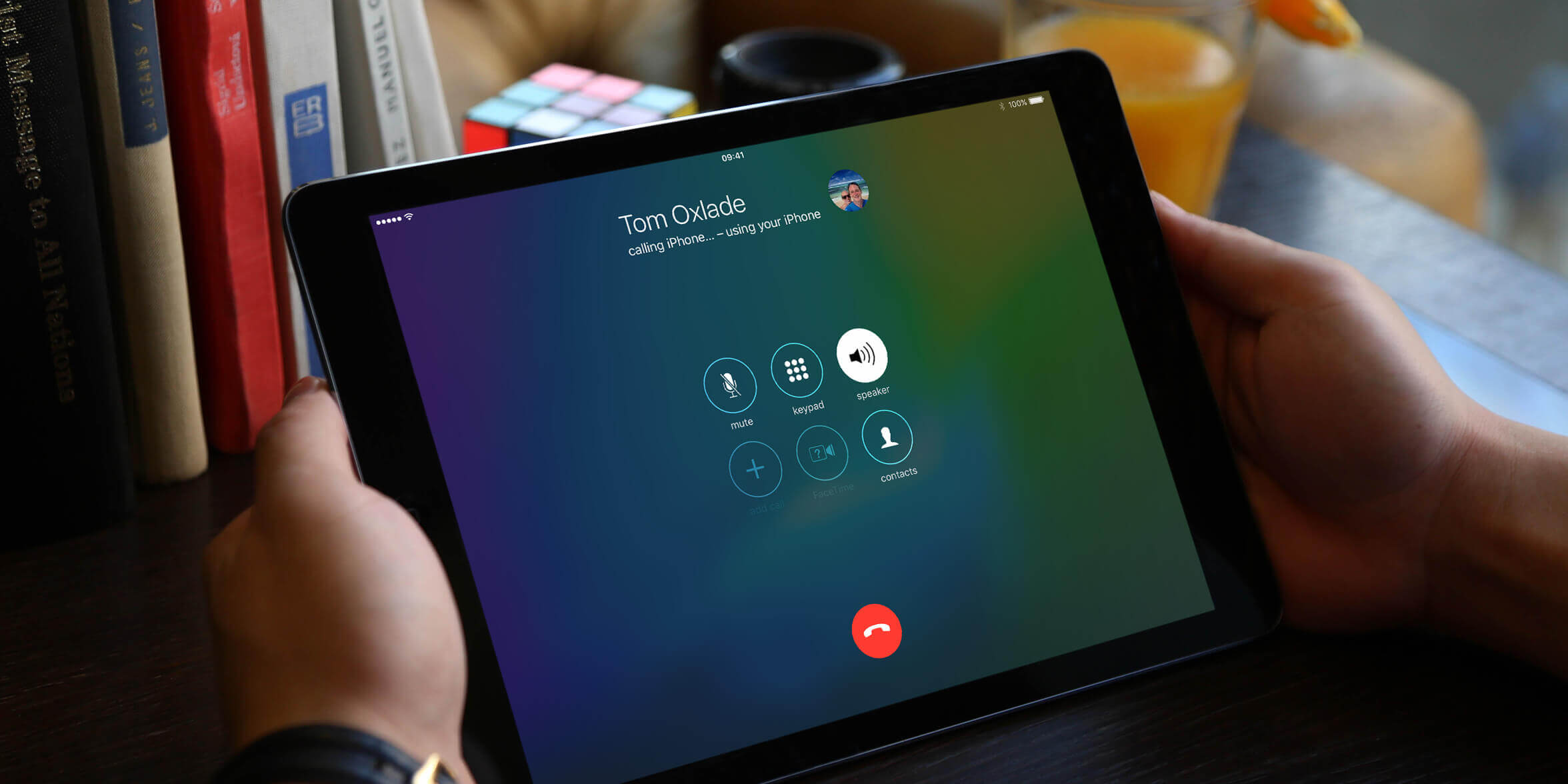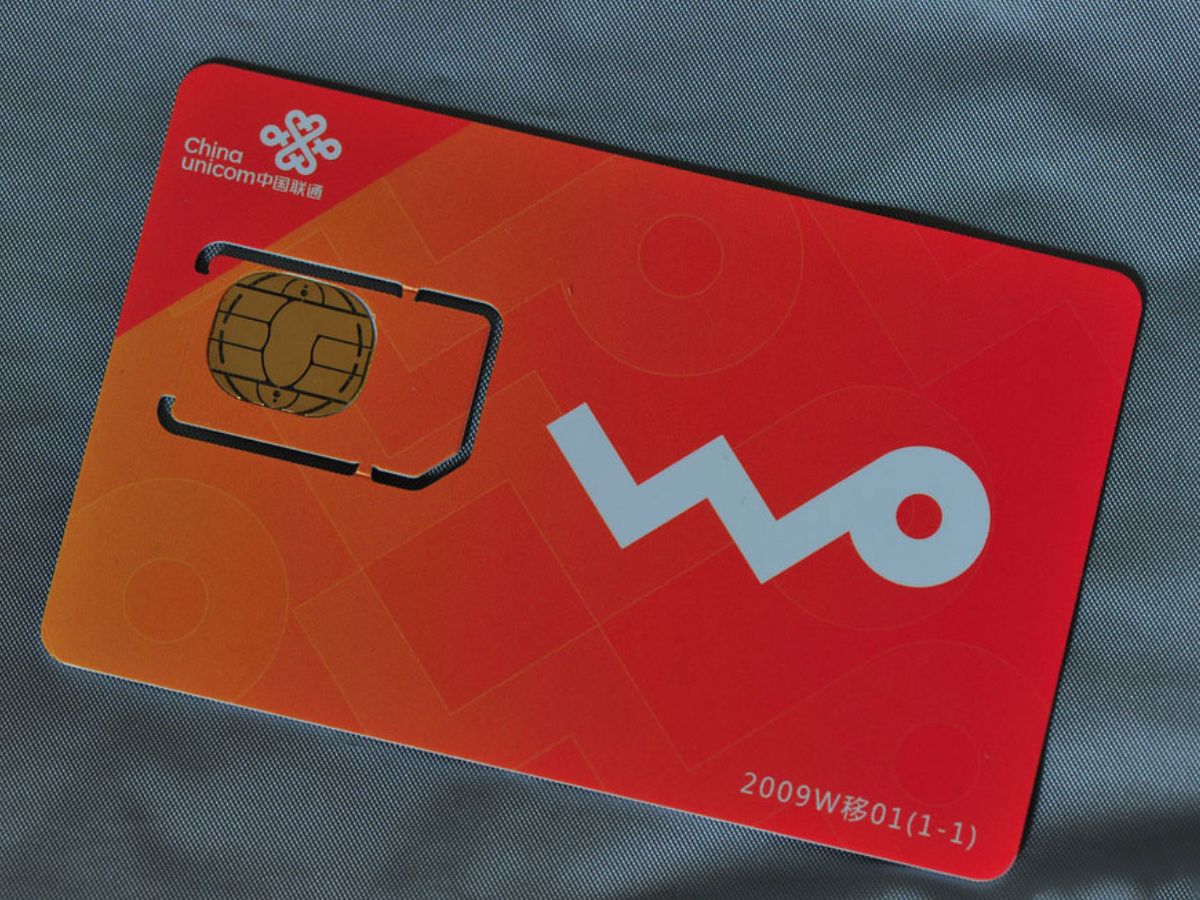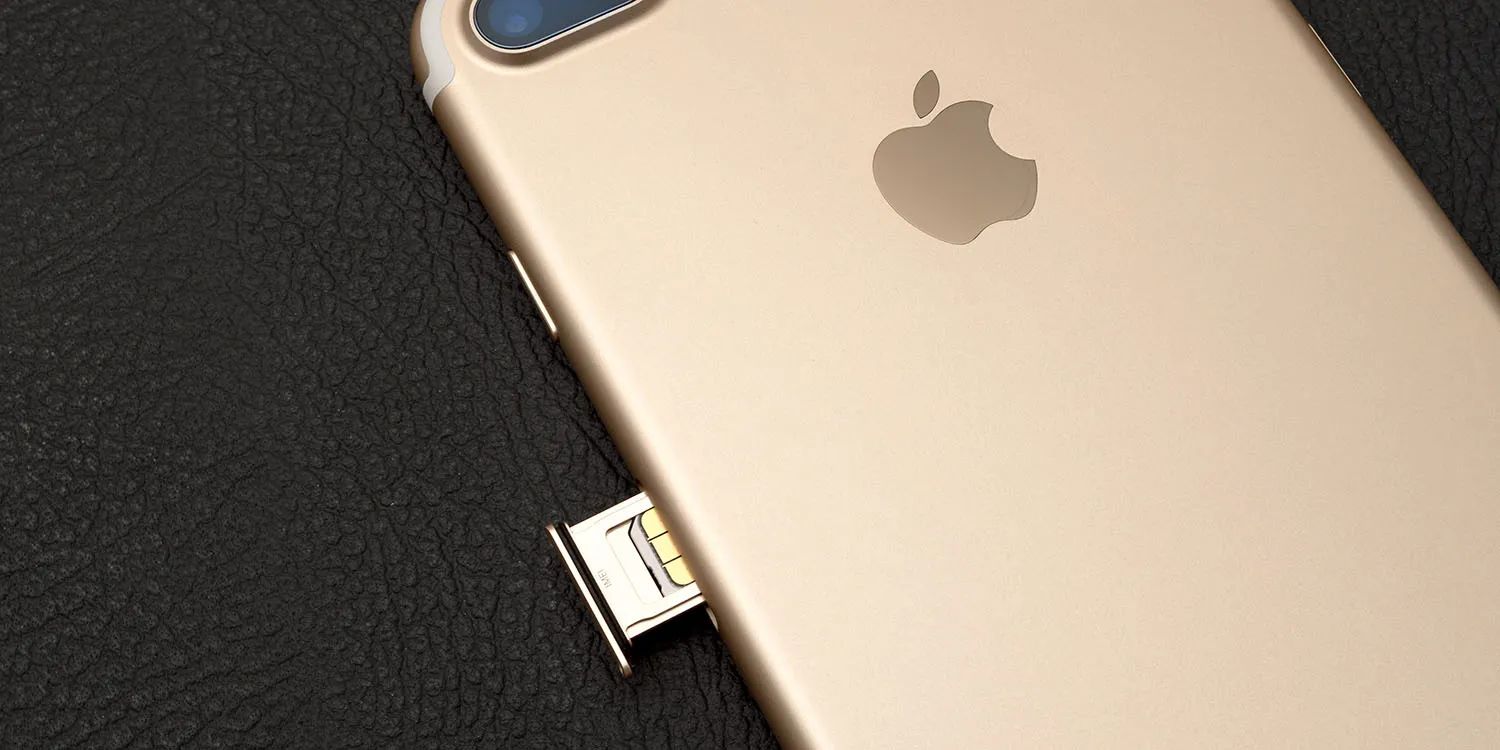Introduction
Experiencing the frustration of a phone that doesn't read the SIM card can be a perplexing and inconvenient situation. Your mobile device serves as a gateway to the digital world, allowing you to stay connected with loved ones, access vital information, and enjoy a myriad of services. However, when your phone encounters issues with reading the SIM card, it disrupts this seamless connectivity and can leave you feeling stranded in a world of disconnection.
The SIM card, a small yet essential component, plays a pivotal role in enabling your phone to connect to your cellular network. It stores crucial information, including your phone number, contacts, and network-specific data. When your phone fails to recognize the SIM card, it hinders your ability to make calls, send messages, or access mobile data, significantly impacting your daily communication and productivity.
Understanding the common reasons behind this issue and learning effective troubleshooting steps can empower you to regain control over your device's functionality. By delving into the intricacies of SIM card-related problems and equipping yourself with the knowledge to address them, you can navigate through these challenges with confidence and ease.
In this comprehensive guide, we will explore the common reasons why your phone may fail to read the SIM card and provide a detailed walkthrough of troubleshooting steps to rectify this issue. Whether you're encountering this problem for the first time or have been grappling with it intermittently, this guide aims to equip you with the insights and solutions needed to overcome the hurdle of a non-responsive SIM card in your mobile device. Let's embark on this journey to unravel the mysteries behind SIM card malfunctions and pave the way for seamless connectivity and uninterrupted communication.
Common Reasons Why Your Phone Doesn't Read the SIM Card
Several factors can lead to your phone's inability to read the SIM card, causing a disruption in its essential functions. Understanding these common reasons is crucial in troubleshooting the issue effectively. Here are the primary factors that could be contributing to this problem:
-
SIM Card Damage: Physical damage to the SIM card, such as scratches, dents, or warping, can impede its proper functioning. Over time, the metal contacts on the SIM card can wear out or accumulate debris, hindering the connection with the phone's SIM card reader.
-
Poor SIM Card Placement: Improper insertion or loose placement of the SIM card in the tray can prevent the phone from detecting it. This can occur if the SIM card is not securely positioned within the tray or if the tray itself is damaged.
-
Software Glitches: Software-related issues, such as outdated system software or conflicting applications, can lead to the phone's inability to recognize the SIM card. In some cases, a software update or reset may be necessary to resolve these glitches.
-
SIM Card Compatibility: Using an incompatible SIM card, especially when switching to a new device or network, can result in compatibility issues. Different phone models and network providers may require specific types of SIM cards, and using an incompatible one can lead to detection problems.
-
SIM Tray Contamination: Dust, dirt, or residue accumulated within the SIM tray can interfere with the proper contact between the SIM card and the phone's reader. This can hinder the phone from reading the SIM card accurately.
-
Network Provider Restrictions: In certain instances, network provider restrictions or account-related issues can lead to the phone's inability to read the SIM card. This can occur if the SIM card has been deactivated, suspended, or if there are billing or account authentication issues.
Understanding these common reasons behind a phone's failure to read the SIM card sets the stage for effectively troubleshooting the issue. By addressing these underlying factors, you can take proactive steps to restore your phone's functionality and regain seamless access to your cellular network.
Step 1: Check the SIM Card
Before delving into complex troubleshooting procedures, it's essential to start with a fundamental yet often overlooked step: checking the SIM card itself. This small, unassuming card holds critical information and serves as the conduit for your phone's connection to the cellular network. By carefully examining the SIM card and its placement, you can identify potential issues and pave the way for effective resolution.
Physical Inspection:
Begin by powering off your phone and locating the SIM card tray. Depending on your device, the tray may be situated on the side or top of the phone. Once the SIM card is removed, take a close look at its surface for any signs of damage, such as scratches, dents, or discoloration. These physical blemishes can hinder the card's functionality and may be the root cause of the detection issue.
Proper Placement:
Ensure that the SIM card is securely positioned within the tray, with the metal contacts facing downward. Gently reinsert the card into the tray, ensuring that it fits snugly and aligns with the designated grooves. A loose or misaligned SIM card can impede the phone's ability to detect it, leading to connectivity issues.
Compatibility Check:
If you've recently switched to a new phone or obtained a new SIM card, verify that the card is compatible with your device and network. Different phone models and network providers may require specific types of SIM cards, and using an incompatible card can result in detection problems. Refer to your phone's user manual or contact your network provider to confirm the compatibility of the SIM card with your device.
Cleanliness:
Inspect the SIM card for any accumulated dust, dirt, or residue, especially around the metal contacts. Using a soft, dry cloth or a specialized SIM card cleaning tool, gently remove any contaminants that may obstruct the card's connection with the phone's reader. Similarly, clean the SIM tray to ensure a pristine contact surface for the card.
By meticulously examining the SIM card and its placement, you can identify potential issues that may be causing your phone's inability to read the SIM card. This proactive approach sets the stage for targeted troubleshooting, allowing you to address specific concerns and move closer to resolving the underlying problem.
Step 2: Restart Your Phone
One of the simplest yet often effective troubleshooting steps for addressing a phone's failure to read the SIM card is to restart the device. This straightforward action can help resolve temporary software glitches, refresh system processes, and reestablish the connection between the phone and the SIM card. By initiating a restart, you can potentially alleviate the underlying issues causing the detection problem and restore seamless functionality to your device.
To restart your phone, begin by holding down the power button until the shutdown or restart options appear on the screen. Select the "Restart" option and allow the device to power down completely before turning it back on. Alternatively, if your phone is unresponsive, you can perform a forced restart by holding down the power button and, if applicable, the volume down button simultaneously for a few seconds until the device restarts.
Upon rebooting, the phone undergoes a fresh startup sequence, initiating essential system processes and reinitializing the SIM card detection mechanism. This can effectively clear any temporary software hiccups or conflicts that may have been impeding the phone's ability to recognize the SIM card. Additionally, a restart provides an opportunity for the phone to establish a clean connection with the SIM card, potentially resolving any communication disruptions.
In some cases, a simple restart can swiftly rectify the SIM card detection issue, allowing your phone to regain access to the cellular network and essential communication services. However, if the problem persists after restarting the device, it may be necessary to explore additional troubleshooting steps to address the underlying causes of the detection failure.
By incorporating the straightforward yet impactful action of restarting your phone into the troubleshooting process, you can proactively address potential software-related issues and pave the way for a smoother and more reliable connection between your device and the SIM card. This foundational step sets the stage for further troubleshooting efforts, ensuring that you approach the issue with a comprehensive and systematic approach to restoration.
Step 3: Update Your Phone's Software
Ensuring that your phone's software is up to date is a pivotal step in troubleshooting SIM card detection issues. Software updates not only introduce new features and enhancements but also address underlying bugs and compatibility issues that may affect the phone's ability to recognize the SIM card. By keeping your device's software current, you can mitigate potential software-related impediments and optimize its functionality.
To commence the software update process, navigate to the "Settings" app on your phone and select the "System" or "Software Update" option. If an update is available, follow the on-screen prompts to download and install the latest software version. It's advisable to perform this action while connected to a stable Wi-Fi network and ensure that your phone has an adequate battery charge to prevent interruptions during the update process.
Software updates often include patches and optimizations that can resolve compatibility conflicts between the phone's operating system and the SIM card, ultimately improving the device's ability to detect and interact with the card. Additionally, these updates may address known software glitches or irregularities that could be impeding the SIM card recognition process.
In some cases, pending software updates may trigger notifications on the phone, alerting you to the availability of new software versions. It's essential to stay vigilant for these notifications and promptly initiate the update process to ensure that your device remains optimized for seamless SIM card functionality.
By proactively updating your phone's software, you can harness the benefits of enhanced system stability, improved compatibility, and refined communication protocols, all of which contribute to a more reliable and responsive SIM card detection mechanism. This proactive approach aligns with the overarching goal of troubleshooting the SIM card issue comprehensively, addressing both hardware and software elements to achieve a holistic resolution.
In the event that updating the phone's software does not immediately resolve the SIM card detection problem, it's advisable to proceed to the subsequent troubleshooting steps to further pinpoint and address the underlying causes. This systematic approach ensures that all potential factors contributing to the issue are thoroughly examined and addressed, ultimately leading to a more effective resolution.
Step 4: Clean the SIM Card and SIM Tray
Ensuring the cleanliness of both the SIM card and the SIM tray is a crucial step in troubleshooting a phone's failure to read the SIM card. Over time, dust, dirt, and residue can accumulate on the SIM card and within the SIM tray, potentially obstructing the seamless connection between the card and the phone's reader. By meticulously cleaning these components, you can eliminate potential barriers to proper SIM card detection and pave the way for improved functionality.
Cleaning the SIM Card:
Begin by carefully removing the SIM card from its tray, taking care to handle it gently to avoid causing any further damage. Inspect the surface of the SIM card for any visible contaminants, such as dust or fingerprints. Using a soft, dry cloth or specialized cleaning tool designed for electronic components, gently wipe the surface of the SIM card to remove any accumulated debris. It's essential to exercise caution and avoid using liquid cleaners or abrasive materials that could damage the card.
Cleaning the SIM Tray:
Next, turn your attention to the SIM tray, the receptacle that houses the SIM card within the phone. Inspect the interior of the SIM tray for any signs of dust, dirt, or residue that may impede the proper placement and contact of the SIM card. Using a can of compressed air or a soft brush, carefully remove any contaminants from the SIM tray, ensuring that it is free from obstructions that could hinder the SIM card's insertion and connection.
Reinserting the SIM Card:
Once the SIM card and SIM tray are thoroughly cleaned, reinsert the SIM card into the tray, ensuring that it fits securely and aligns with the designated grooves. Gently slide the tray back into the phone, taking care to avoid applying excessive force that could potentially damage the components. By ensuring the pristine condition of both the SIM card and the SIM tray, you create an optimal environment for the phone to establish a reliable connection with the SIM card, potentially resolving the detection issue.
By meticulously cleaning the SIM card and SIM tray, you can eliminate potential impediments to proper SIM card detection and enhance the overall functionality of your phone. This proactive step aligns with the comprehensive approach to troubleshooting the SIM card issue, ensuring that both hardware and environmental factors are diligently addressed in the pursuit of a seamless and reliable connection between the device and the SIM card.
Step 5: Reset Network Settings
Resetting the network settings on your mobile device can serve as a potent troubleshooting measure when confronted with SIM card detection issues. This step involves reverting the device's network-related configurations to their default state, potentially resolving underlying connectivity irregularities and restoring the seamless interaction between the phone and the SIM card.
To initiate the network settings reset, navigate to the "Settings" app on your phone and locate the "System" or "General Management" section, depending on your device's specific interface. Within this section, you should find an option labeled "Reset" or "Reset Network Settings." Upon selecting this option, the device typically prompts you to confirm the action, as it will reset all network-related configurations, including Wi-Fi, Bluetooth, and cellular settings, to their original state.
It's important to note that performing a network settings reset will not delete your personal data or media files; however, it will necessitate reconfiguring certain network preferences, such as Wi-Fi passwords and Bluetooth pairings, following the reset. Additionally, any custom network settings or configurations, such as VPN profiles or proxy configurations, will revert to their default values.
By resetting the network settings, you effectively clear any lingering network-related irregularities that may be impeding the phone's ability to detect the SIM card and establish a robust cellular connection. This action can recalibrate the device's communication protocols, potentially resolving compatibility conflicts and software glitches that have been affecting the SIM card recognition process.
In the event that the SIM card detection issue persists after resetting the network settings, it's advisable to explore additional troubleshooting steps to further isolate and address the underlying causes. This systematic approach ensures that all potential factors contributing to the issue are thoroughly examined and resolved, ultimately leading to a more effective restoration of the phone's seamless connectivity and SIM card recognition capabilities.
By incorporating the network settings reset into the troubleshooting process, you proactively address potential network-related irregularities, paving the way for a more reliable and responsive interaction between your device and the SIM card. This foundational step aligns with the overarching goal of comprehensive troubleshooting, ensuring that both hardware and software elements are diligently examined and optimized to achieve a holistic resolution.
Step 6: Contact Your Carrier
If the previous troubleshooting steps have not resolved the issue of your phone not reading the SIM card, reaching out to your mobile carrier is the next crucial step. Your carrier plays a pivotal role in the provisioning and activation of your SIM card, as well as the management of your account and network services. By engaging with your carrier's customer support or technical assistance team, you can leverage their expertise and resources to address the underlying causes of the SIM card detection problem.
When contacting your carrier, it's beneficial to provide specific details regarding the issue you're experiencing. Communicate the steps you've already taken to troubleshoot the problem, including any relevant observations or error messages displayed on your device. This information can offer valuable insights to the carrier's support personnel, enabling them to tailor their assistance to your unique situation.
During the interaction with your carrier's support team, they may guide you through additional troubleshooting steps specific to their network and services. This could include verifying the status of your account, ensuring that your SIM card is correctly provisioned, or remotely refreshing your device's network settings. By following their guidance and instructions, you can collaborate with the carrier to address the issue comprehensively.
In some instances, the carrier may identify account-related irregularities or network provisioning issues that could be contributing to the SIM card detection problem. They may initiate troubleshooting procedures on their end, such as reactivating the SIM card, updating account settings, or diagnosing network connectivity issues. Their expertise in managing the intricacies of cellular networks and services positions them as valuable partners in resolving the SIM card detection issue.
Furthermore, if the carrier identifies that the SIM card itself is faulty or damaged, they may facilitate the issuance of a replacement card, ensuring that you have a fully functional and compatible SIM card for your device. This proactive approach can expedite the resolution process and restore your phone's ability to read the SIM card effectively.
By engaging with your carrier, you harness their specialized knowledge and resources, aligning your efforts with a dedicated support system focused on optimizing your device's connectivity and functionality. This collaborative approach reinforces the troubleshooting process, ensuring that all potential factors contributing to the SIM card detection issue are thoroughly addressed, ultimately leading to a more effective resolution.
Conclusion
Addressing the perplexing issue of a phone not reading the SIM card encompasses a comprehensive journey of troubleshooting and resolution. Throughout this guide, we have delved into the common reasons behind this problem and explored a series of targeted steps to rectify it. From examining the physical condition of the SIM card to engaging with the mobile carrier's support, each troubleshooting measure has been designed to empower users in overcoming the challenges associated with SIM card detection issues.
By meticulously inspecting the SIM card for physical damage, ensuring proper placement and compatibility, and cleansing both the card and the SIM tray, users can proactively eliminate potential impediments to seamless SIM card recognition. Additionally, initiating a restart, updating the phone's software, and resetting network settings serve as pivotal steps in addressing software-related irregularities that may affect the device's ability to detect the SIM card accurately.
The collaborative engagement with the mobile carrier encapsulates the synergy between user-initiated troubleshooting efforts and the specialized support provided by the carrier's technical personnel. By leveraging the carrier's expertise in network provisioning and account management, users can navigate through account-related irregularities and facilitate the issuance of a replacement SIM card if necessary, ensuring a comprehensive resolution to the detection issue.
Ultimately, the journey of troubleshooting a phone not reading the SIM card transcends the technical intricacies, embodying a proactive and empowered approach to restoring seamless connectivity and communication. It underscores the resilience and adaptability of users in navigating through technological challenges, armed with the knowledge and resources to address and overcome them effectively.
As we conclude this comprehensive guide, it's essential to recognize the transformative impact of troubleshooting and the empowerment it bestows upon users. By embracing a systematic and proactive approach to addressing SIM card detection issues, users can reclaim the seamless functionality of their mobile devices, fostering a renewed sense of connectivity and communication in their digital endeavors.







